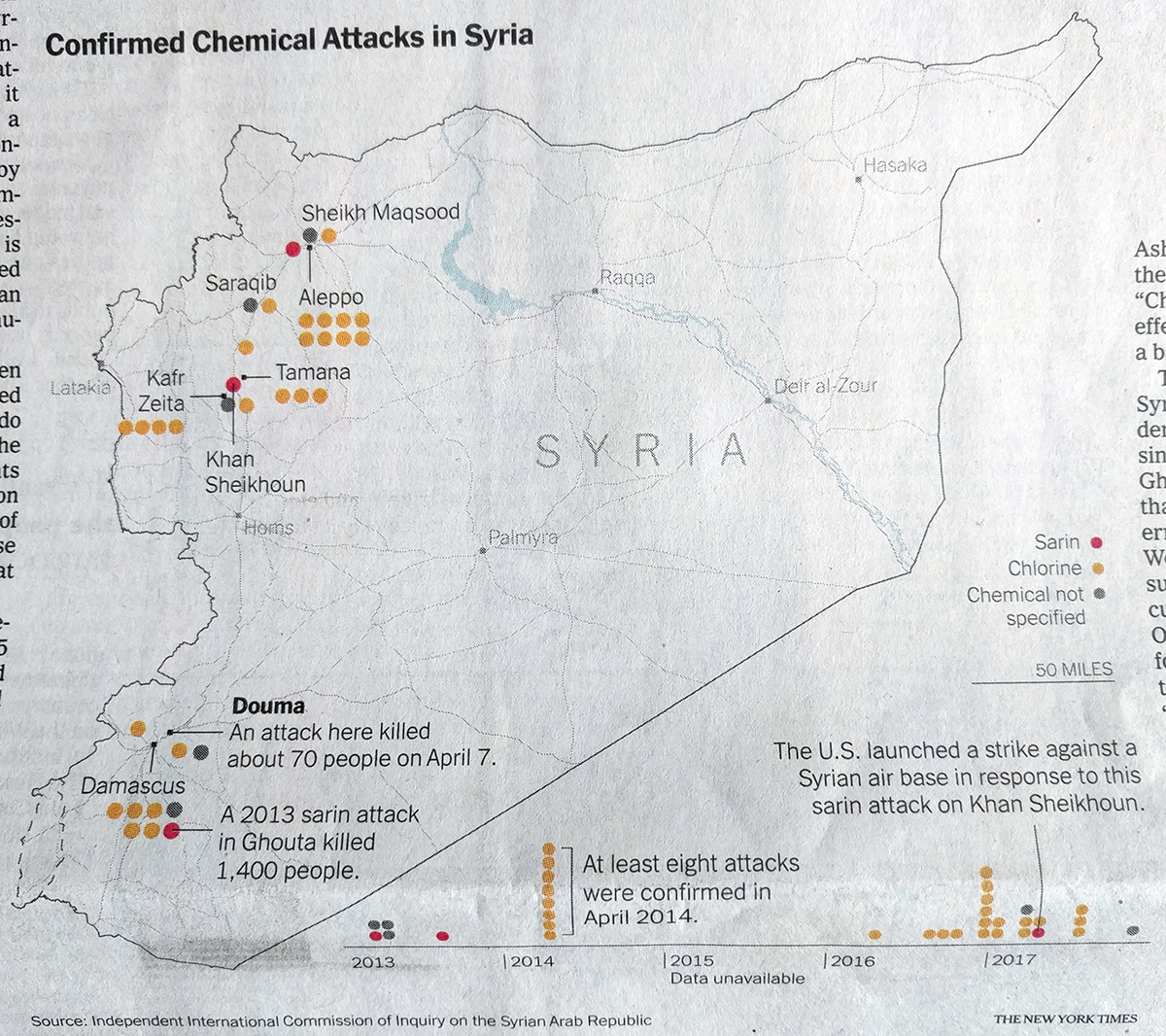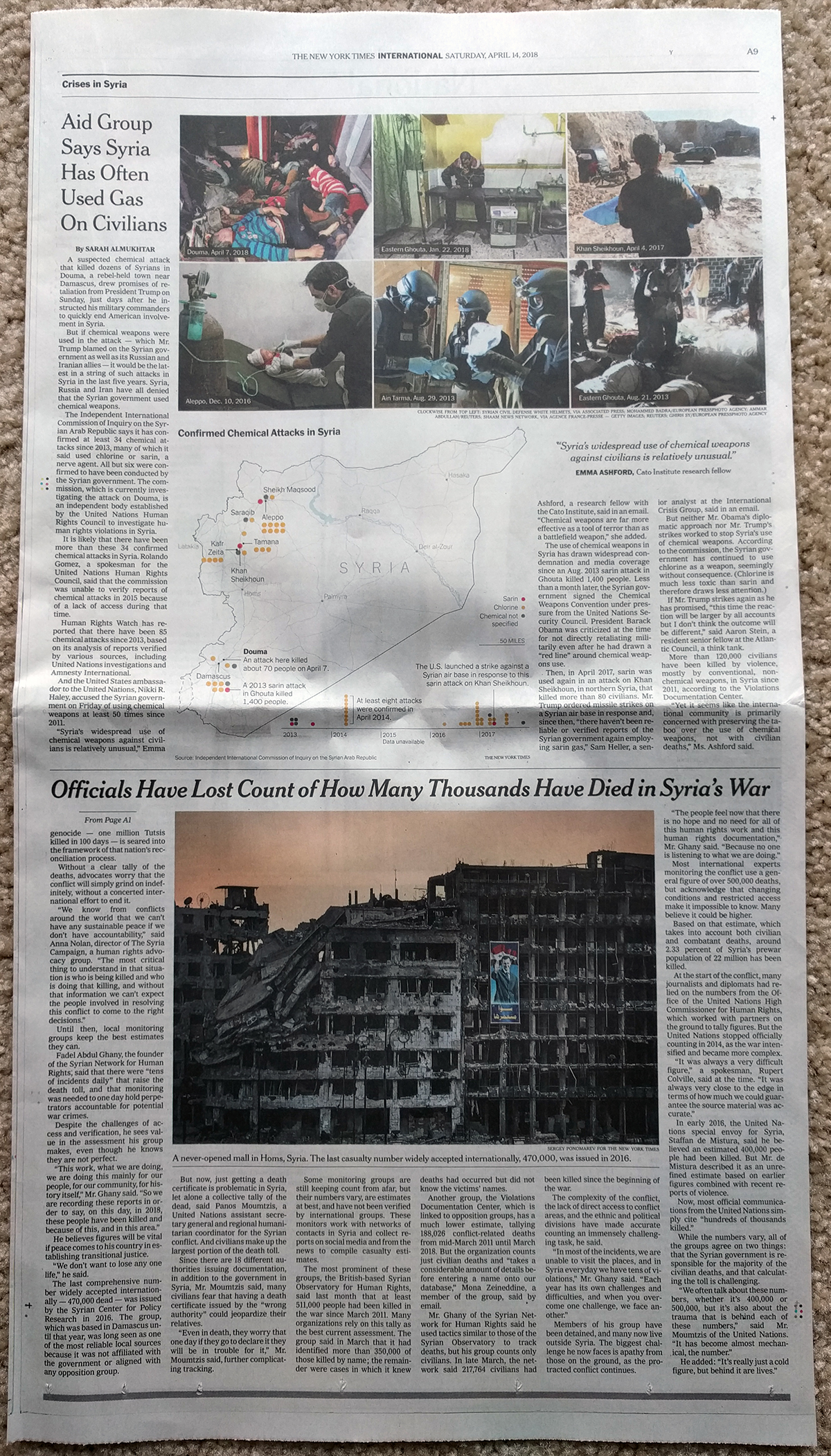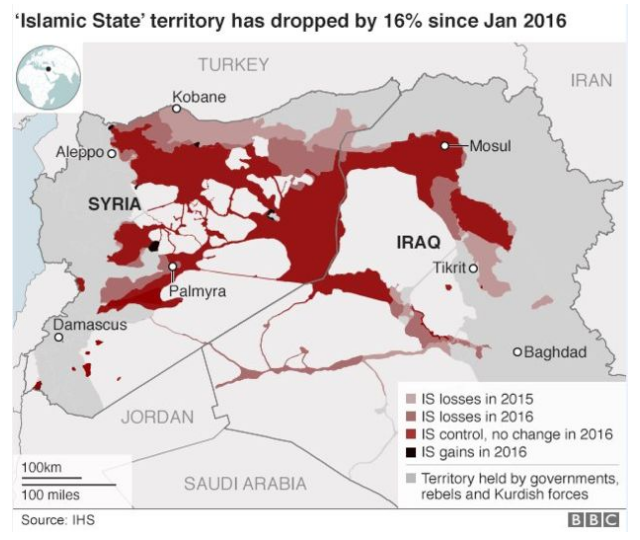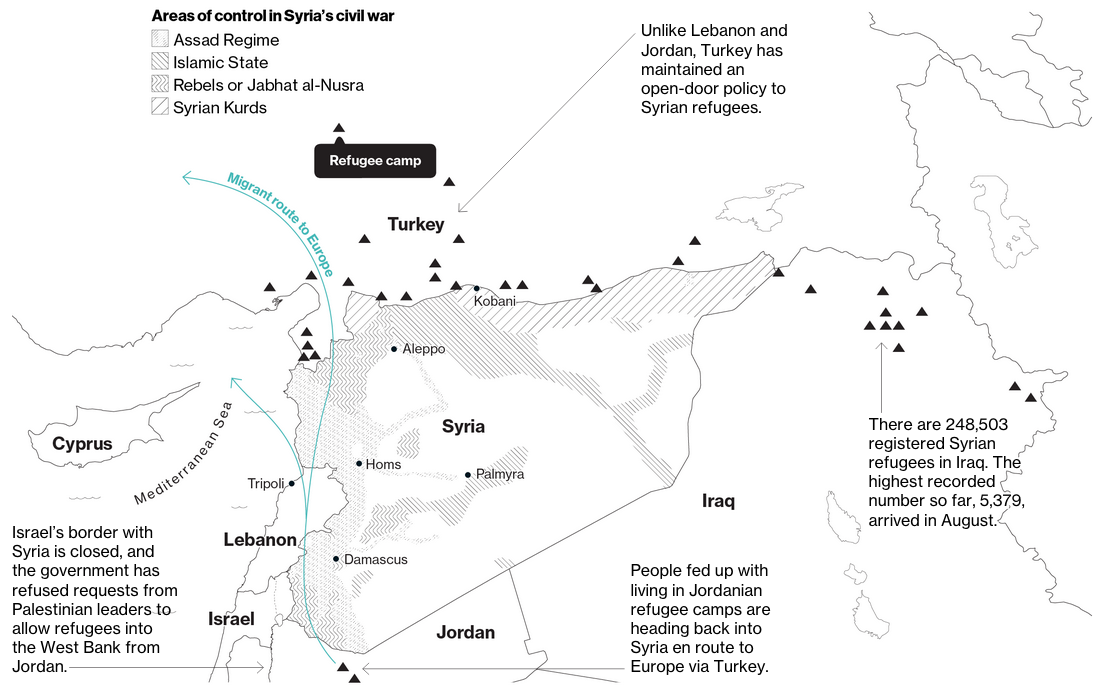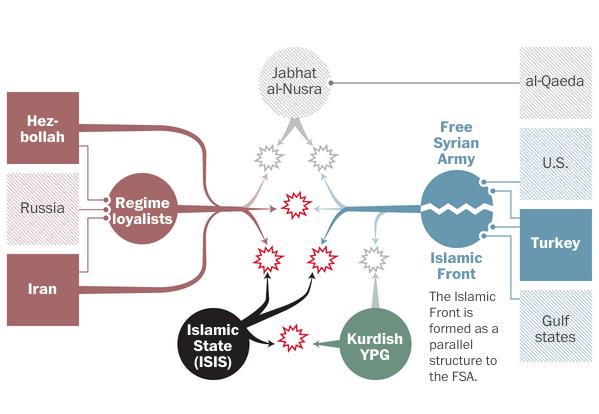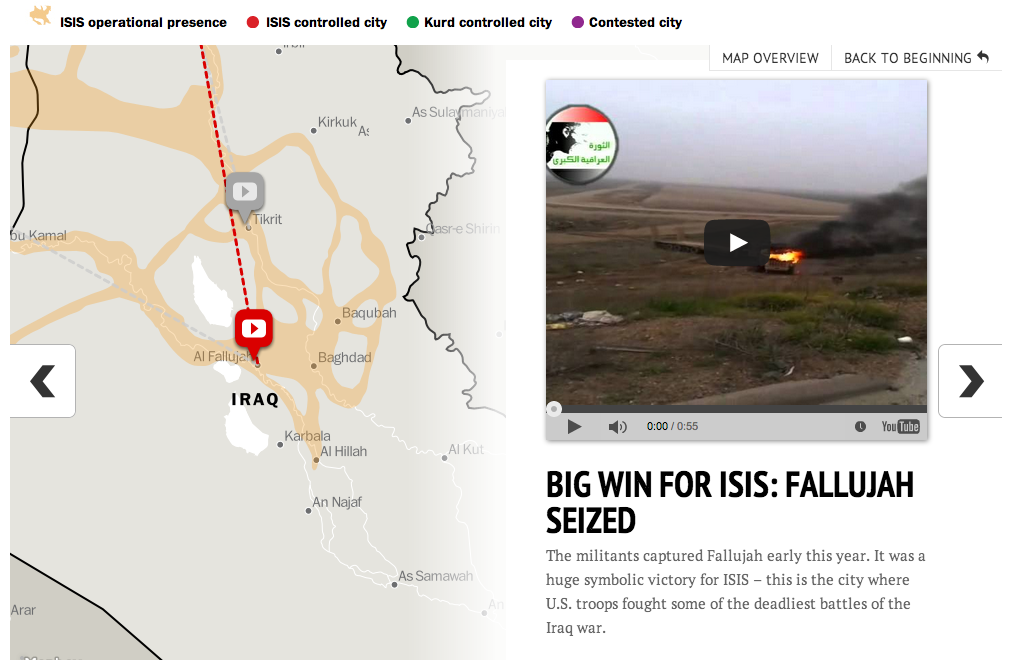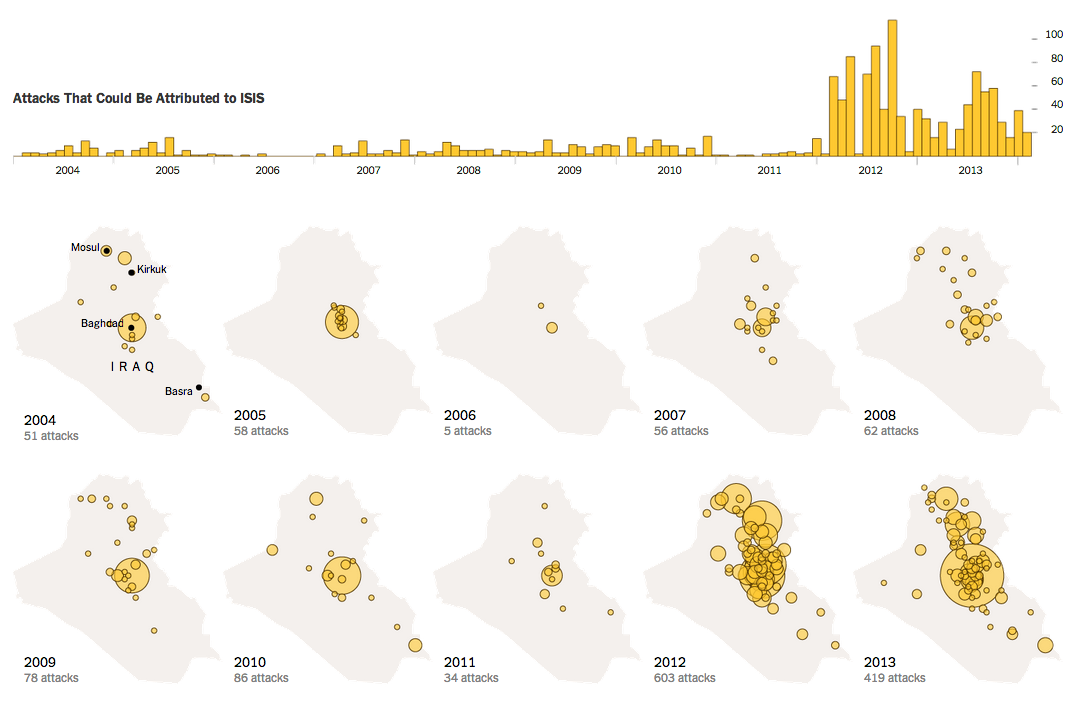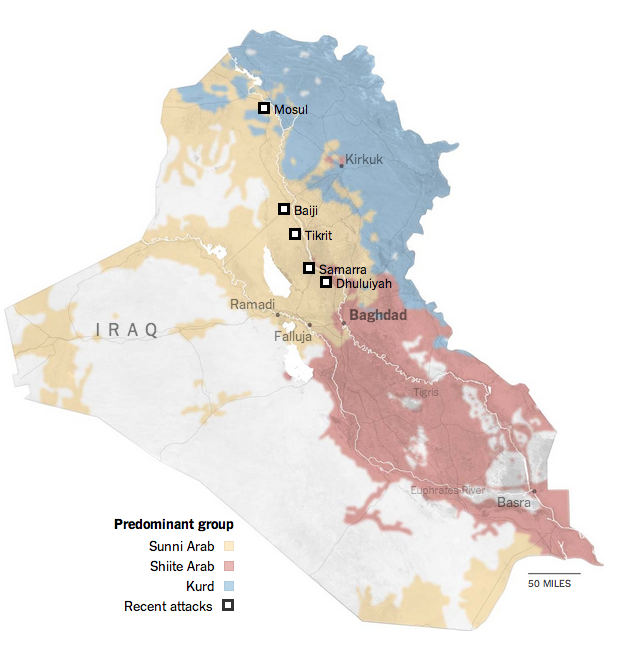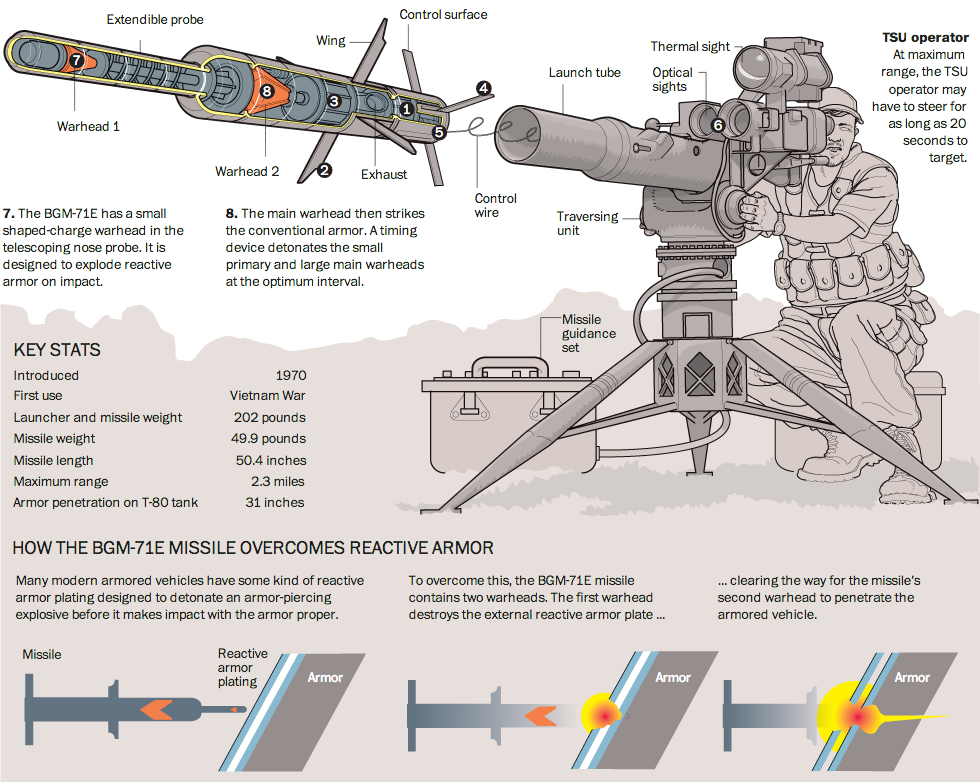I did not have a lot of time to cover this story last week. So let us try to get into it a little bit today. The New York Times published this morning an article about what is next for Syria, titling the online version 4 Big Questions About Syria’s Future. So I went with four statements about what is happening today for the title of this post.
If you somehow missed it, President Trump announced that American forces were retreating from the Syrian–Turkish border because Turkey wanted to invade Syria and crush the Kurds, a minority population in Syria, Iraq, and Turkey. There, in Turkey, Kurdish separatists have fought a war for autonomy if not independence from Ankara. (I am dramatically oversimplifying this.) The group that organised these attacks, which Turkey considers terrorism, has ties to the Kurds in Syria that have organised a relatively peaceful and stable region of Syria during the Syrian Civil War—no small feat. But because of those ties, and because Turkey fears an independent Kurdistan on its border, Ankara decided to invade Syria and crush the Kurds and has launched heavy and devastating airstrikes alongside a ground invasion to that end.
Of course the Syrians would like to regain control of their entire country. But they had left the Kurds in relative peace as the Syrians shifted most of their forces from the northeast to places like Homs and Aleppo where they fought the various opposition forces and then the jihadists and then ISIS. The Syrians and Kurds did occasionally skirmish, but these were often far smaller engagements than the heavier fighting in the west of the country.
But now the Syrian army and air force, weary but battle hardened, having retaken control over most of western and central Syria, can move back into northeastern Syria where the Kurds have power and re-exert control. The Kurds have asked the Syrians (and the Russians) for help repelling the Turkish invasion and both countries seem eager to oblige.
Amidst all of this, Kurds die.
But the New York Times article does a really nice job explaining all of this and it frames the answers to its questions around three maps. This screenshot is from the main one that shows the sites of Turkish airstrikes and Turkey’s desired buffer zone (though there are reports Turkish forces are pushing well past that line).
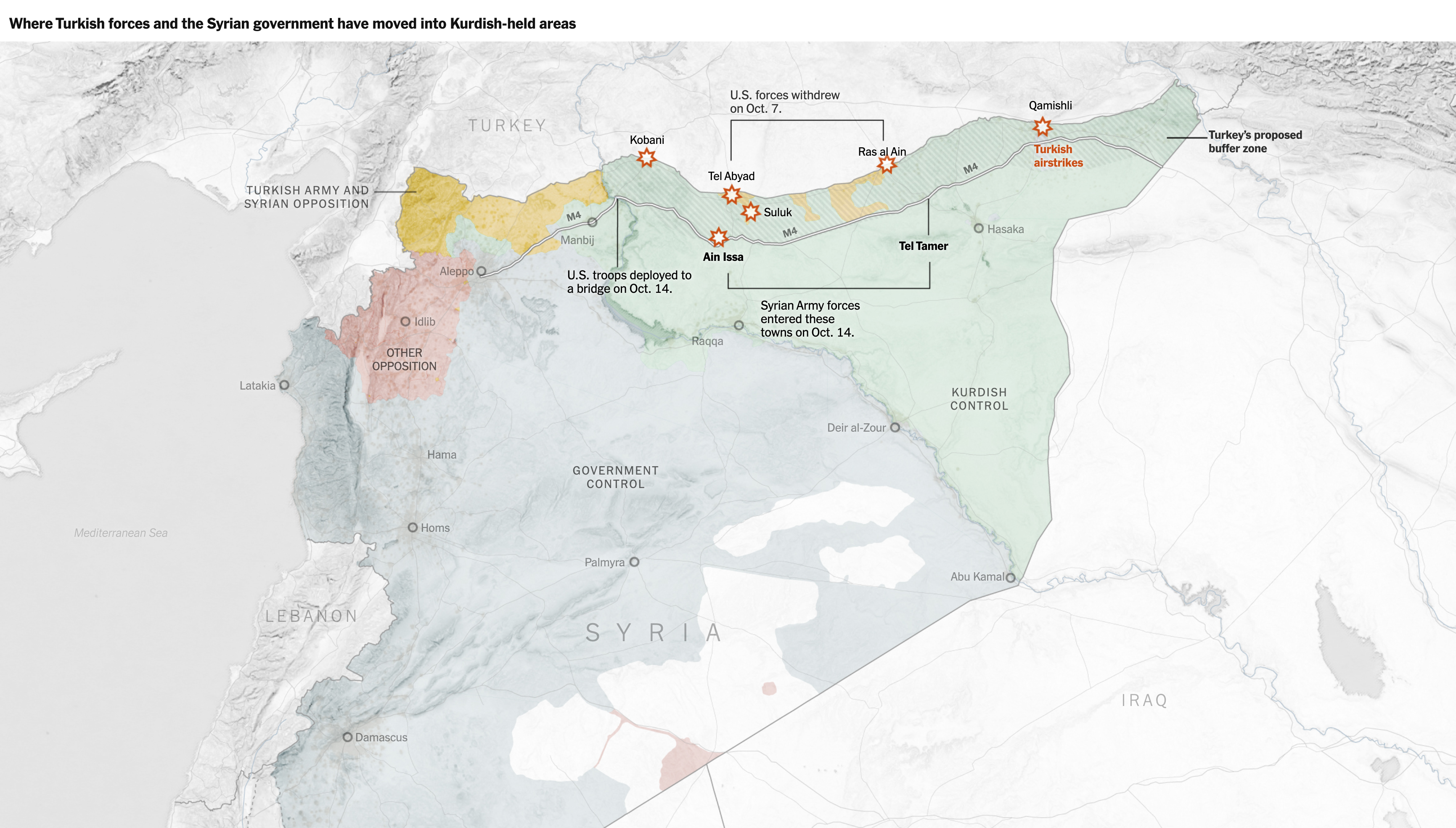
The maps uses the four colours to represent the four main power blocs. The others provide additional context, especially in terms of the ethnic makeup of Syria. Overall it is a solid piece that goes a long way towards showing just how messed up things have gotten since Wednesday.
Here, the annotations help identify key battlegrounds and locations. But since being published this is already out of date, as there are reports that the Syrians alongside Russian troops have retaken the town of Manbij. Suffice it to say this is a fluid situation and by tomorrow this could all be different.
Credit for the piece goes to Anne Barnard, Anjali Singhvi, Sarah Almukhtar, Allison McCann, and Jin Wu.

